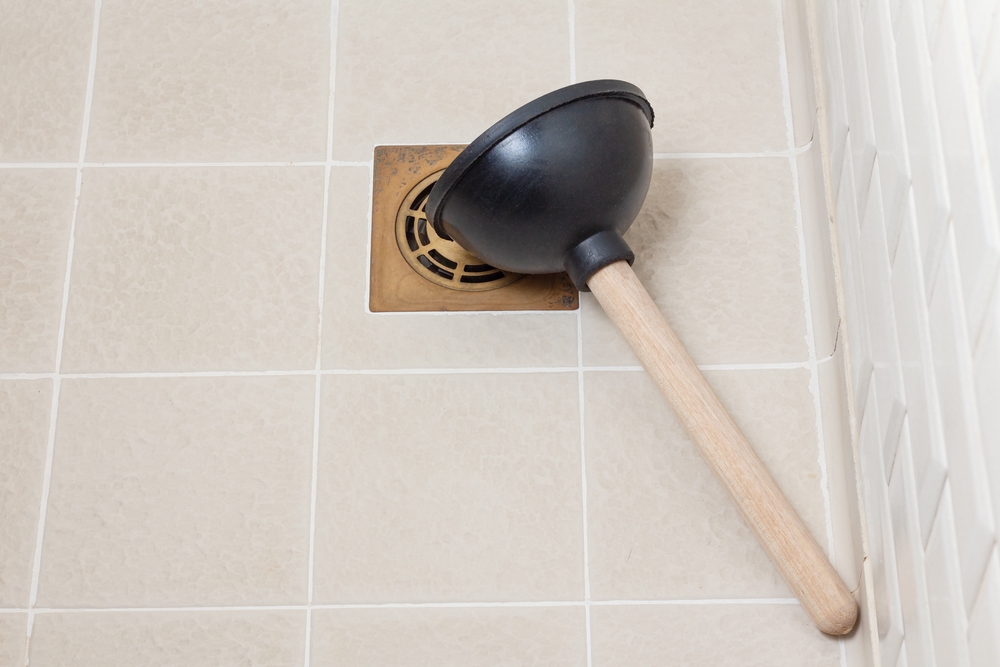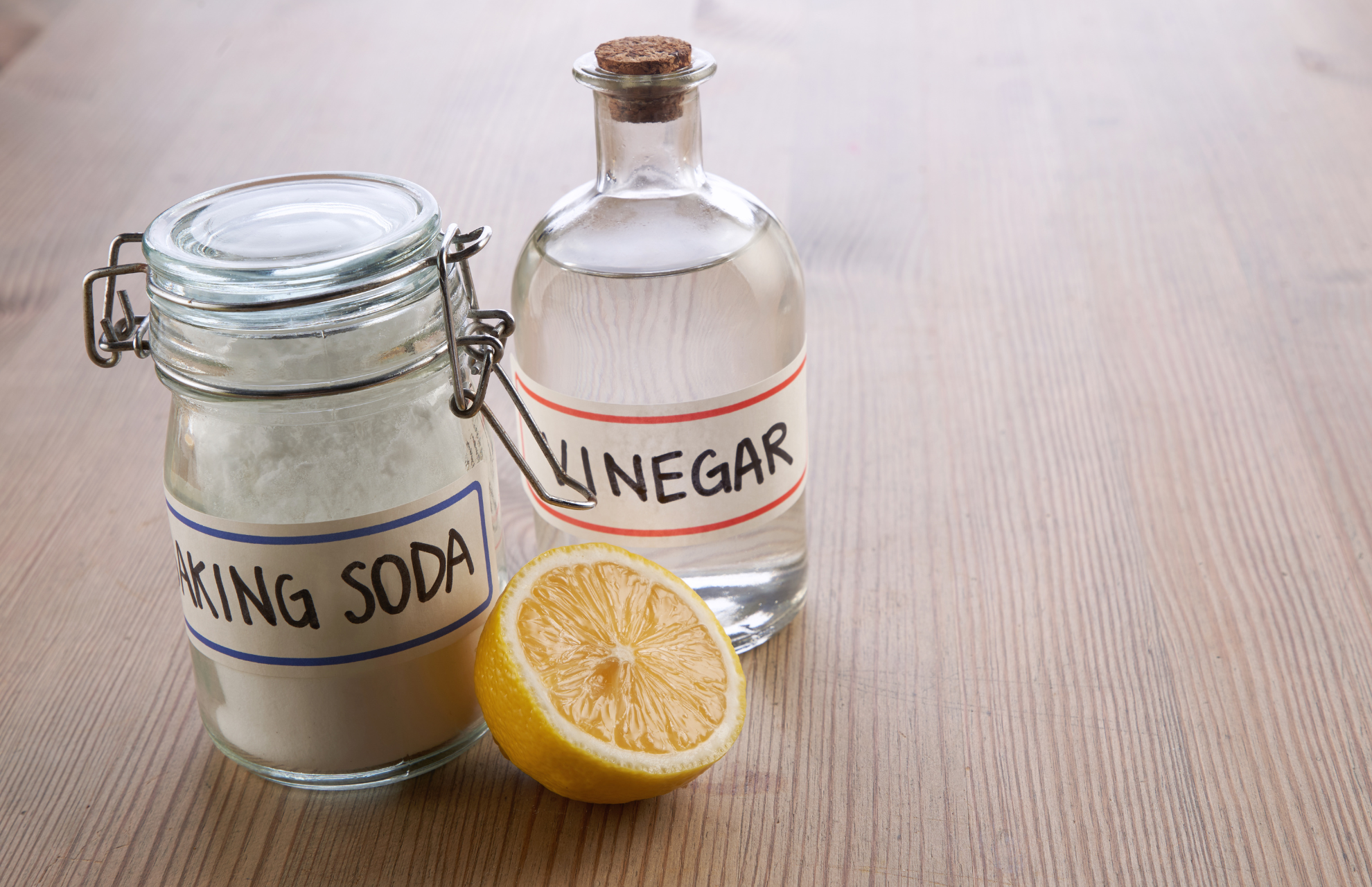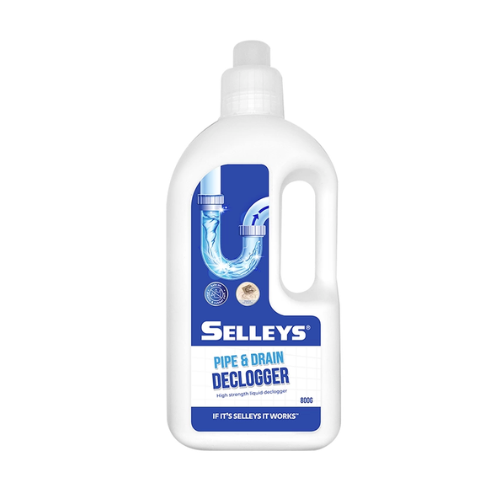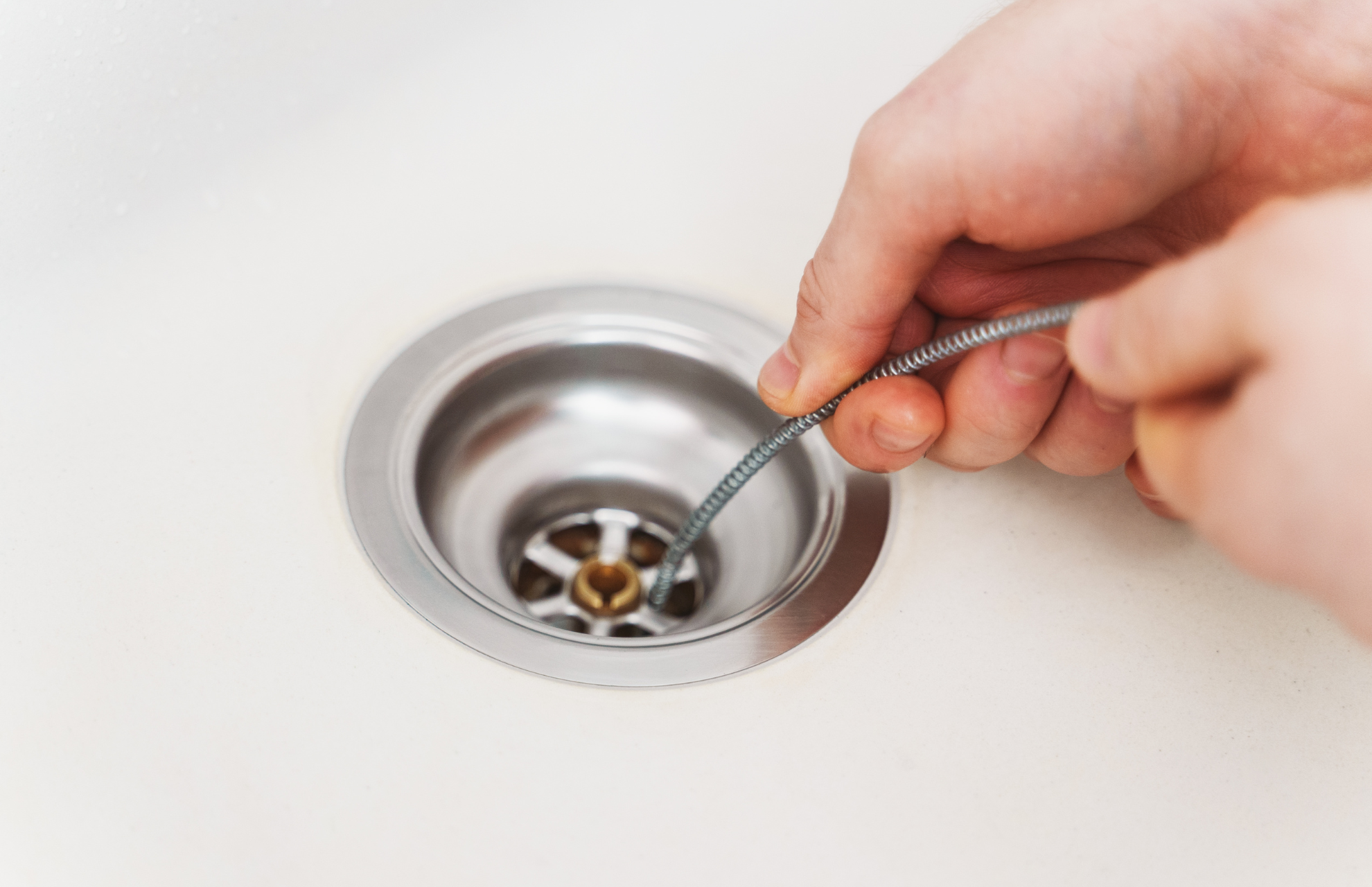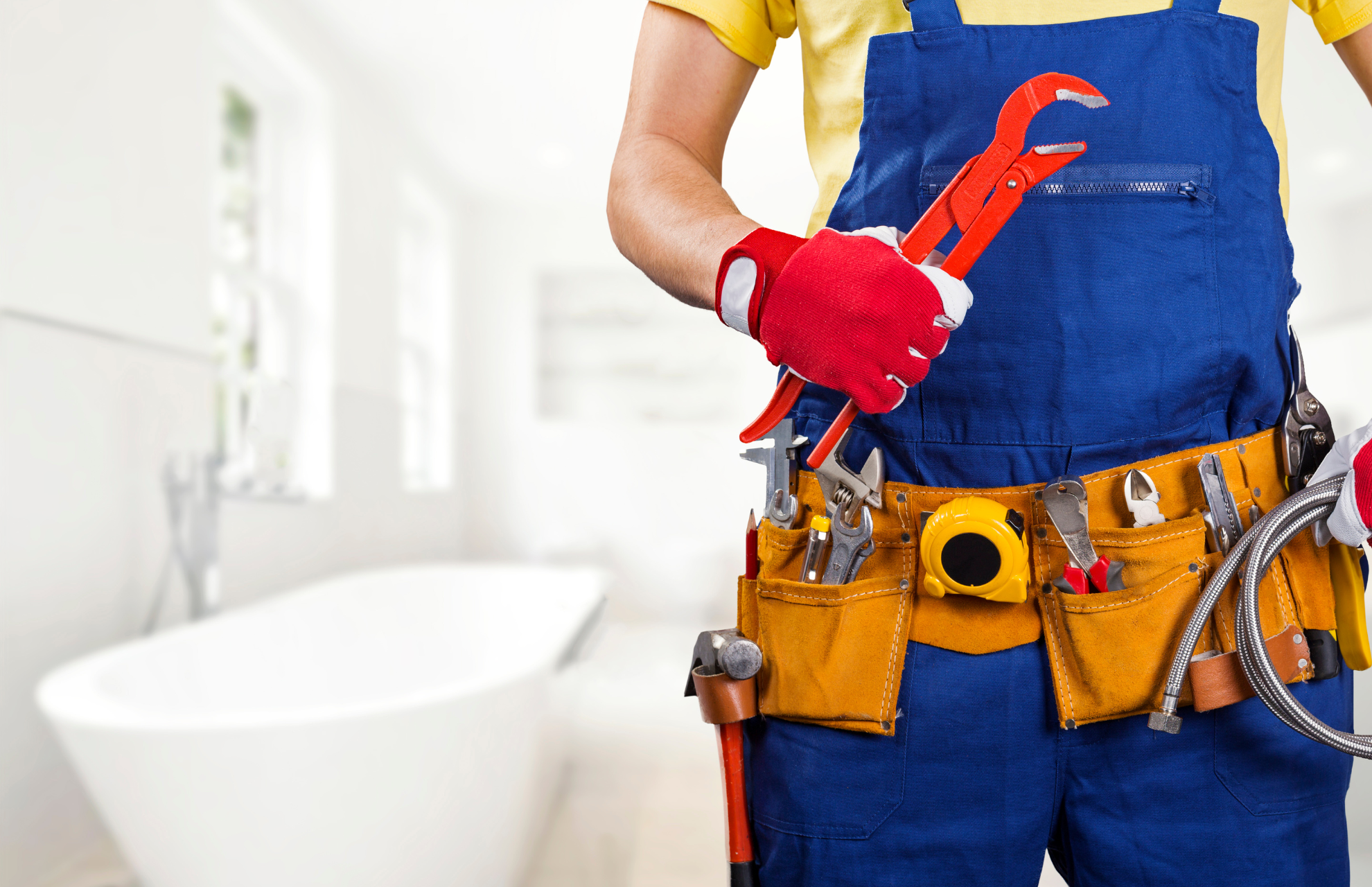The floor trap is an essential fixture that’s located beneath the floor trap grating and is connected to your home’s plumbing system. While it can come in various designs, curved floor traps such as the gully trap (refer to the image below) are the most common.
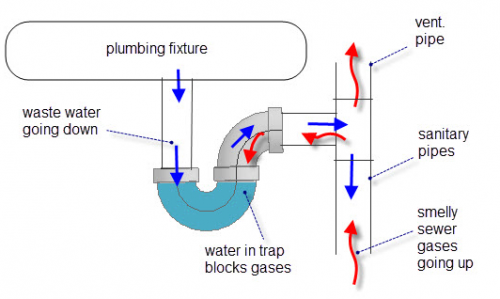
The floor trap acts as a barrier against foul odours and gases that can seep into your home through the drainage pipes. It also prevents large pieces of debris from entering your plumbing system, thereby avoiding clogs and costly plumbing repairs. However, even the most well-maintained floor traps can become clogged over time.
In this article, we’ll explore some of the common causes of a choked floor trap, delve into the methods for unclogging a floor trap and cover preventative measures to avoid future blockages.
Table of Contents
Causes Of A Choked Floor Trap
A choked floor trap can lead to drainage issues, foul odours, and potential damage to your plumbing system. Thus, understanding the common causes behind these blockages is crucial for effective maintenance and for preventing these problems.
Hair
It’s normal for people to drop approximately 100 strands of hair daily, with a significant amount being lost in the shower. If these strands of hair aren’t routinely removed from the grating, they can mix with soap, grease and other debris and eventually lead to a choked floor trap over time.
Soap
Do you know that soap, especially solid bar soaps, can lead to significant plumbing issues? Residual soap left behind after a shower may accumulate in the floor trap and, when combined with other debris, can result in a nasty choke.
Grease
Grease is often the primary cause of blockages in kitchen floor traps and pipes. This oily substance accumulates over time, resulting in clogs and impeding effective water drainage.
Dirt and dust
When left unchecked, dirt and dust can combine with water to form a solid substance that clogs your floor trap over time.
Foreign objects
If not removed or disposed of promptly, foreign objects such as dead insects and solid food waste have the potential to block and clog your floor trap.
How To Fix A Choked Floor Trap
A choked floor trap can lead to bad odours and poor water drainage. In more severe cases, it can even cause a backflow of water. Read on to learn some effective methods for removing obstructions from your floor trap.
Method 1: Plunger
If an object or a large piece of debris is obstructing the floor trap and causing poor water drainage or backflow of water, you may need to use a plunger to clear the blockage.
Directions:
- Remove the grating and place the plunger over the drain opening.
- Next, give it a few strong pumps. The pumping motions should create air pressure and dislodge the obstruction, allowing water to drain properly.
Method 2: Homemade declogger
A homemade solution consisting of vinegar, baking soda, and lemon can effectively act as a dissolvent for dirt and soap residue. This method can clean both your floor trap and plumbing system.
Directions:
- Pour hot water down the floor trap.
- Next, pour 3 – 4 spoons or half a cup of baking soda into the floor trap. Leave it to sit for 5 minutes.
- Once the time is up, pour one cup of vinegar and one cup of boiling water into the floor trap and let it sit for 10 minutes.
- Finally, flush the floor trap with clean water thoroughly.
Method 3: Commercial declogger
While a homemade declogger may be effective for minor obstructions in the floor trap, a commercial declogger like Selleys Pipe & Drain Declogger may be necessary if the obstruction has built up over a long period of time.
Selleys Pipe & Drain Declogger is a strong chemical drain cleaner that can dissolve hair and grease effectively. It can also eliminate 99.9% of bacteria and get rid of unpleasant odours, allowing you to effortlessly achieve a hygienic and sanitary living space.
Directions:
- Pour the dredging liquid (up to 1 bottle) down the floor trap. The amount of solution to use will vary depending on the severity of the blockage.
- Leave the solution to sit for 4 – 8 hours. During this time, avoid flushing any water down the floor trap.
- Once the time is up, flush the floor trap with water.
- If the blockage isn’t completely removed, repeat the process with a higher dosage and let the dredging liquid sit for a longer duration.
Method 4: Plumbing snake
If you’ve already cleared the floor trap and the clog seems to persist, you may have an obstruction in the pipes. A plumbing snake, commonly referred to as a drain snake, is a tool utilised for clearing clogs in pipes.
It consists of 2 key components: a long and flexible cable capable of manoeuvring through the twists and turns of pipes without causing structural damage, and a cable head that’s equipped with a specialised tip or attachment that’s designed to effectively break through obstructions.
Directions:
- Insert the cable head end of the plumbing snake into the drain opening.
- Rotate the handle on the snake clockwise as you gently push it further down the pipes. This should allow the snake to navigate through the pipe.
- When you encounter resistance or feel that the snake has reached the clog, stop rotating and gently push and pull the snake to break up and dislodge the blockage.
- Once you feel that the clog has been broken up or cleared, slowly retract the snake from the drain by rotating the handle anti-clockwise.
- As you pull it out, remove any debris that may have attached to the snake.
- Flush the floor trap with clean water to ensure that no blockage remains.
Method 5: Engage a professional plumber
If you’ve tried the above methods and the floor trap remains choked, it may be time to engage a professional plumber.
With their specialised tools and expertise, a professional plumber can quickly and effectively clear the blockage, saving you time and frustration.
How To Prevent The Floor Trap From Getting Choked
Here are some practical tips to help you prevent your floor trap from getting choked. By implementing these preventative measures, you can ensure the smooth operation of your plumbing system and avoid the inconvenience of dealing with a clogged floor trap.
Clean the floor trap regularly
Cleaning your floor trap regularly with boiling water and homemade declogging solutions can prevent the accumulation of grease and foreign objects, which can lead to serious blockages. Additionally, using a commercial declogger on occasion can provide a deep clean for your floor trap.
Avoid pouring oil down the floor trap
The accumulation of grease and oil in the floor trap can result in an obstruction over time. To prevent this, we recommend pouring grease and oil into a container before disposing of them in the trash bin.
Avoid flushing debris and foreign objects down the floor trap
To prevent clogs, avoid flushing dirt, debris or foreign objects, such as tissue paper, down the floor trap. Furthermore, avoid disposing of food waste through the drain. All food waste, including leftover rice grains, should be disposed of properly as they can accumulate in your floor trap and cause chokes.
Install waste catchers
A waste catcher serves as an effective solution to intercept hair and soap, preventing them from causing blockages in the floor trap. The collected hair and debris can be conveniently disposed of by removing the catcher from the floor trap.
FAQs About Choked Floor Traps
What are the signs of a choked floor trap?
The 3 most common telltale signs of a choked floor trap include unpleasant odours, slow draining of water and backflow of water. If you notice any of these signs, you could be dealing with a choked floor trap.
How much does it cost to get a plumber to fix a choked floor trap?
On average, hiring a professional plumber to fix a choked floor trap costs at least $40. The price may vary depending on the severity of the obstruction and the choice of plumber.

